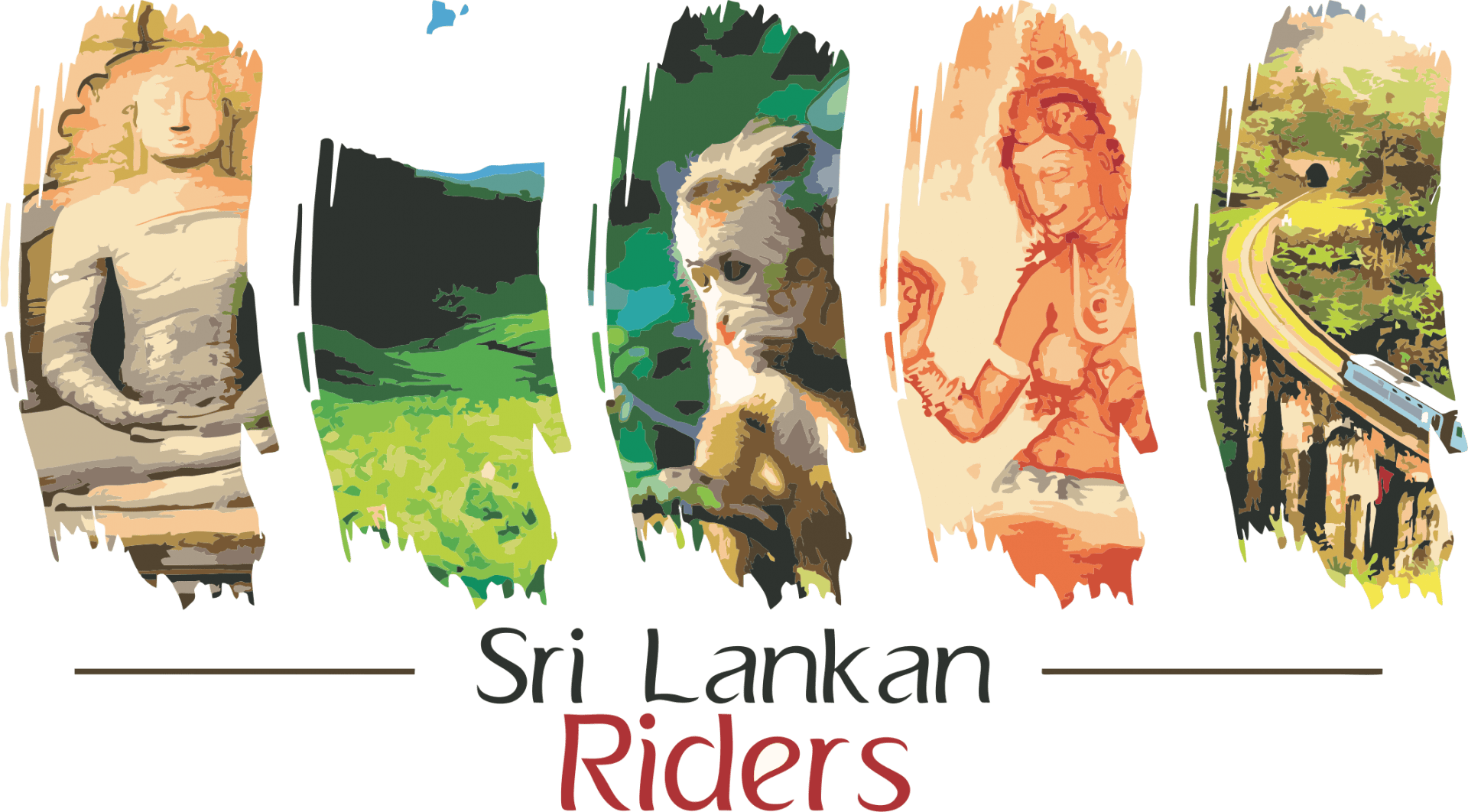HISTORY OF SRILANKA
Sri Lanka, an island in the Indian Ocean is located to the South of the Indian subcontinent. It lies between 5 55’and 9 55’North of the equator and between the Eastern longitudes 79 42’ and 81 52. The total land area is 65,610 sq km and is astonishingly varied. A length of ceylon 445 km and breadth of 225 km encompasses in a beautiful thing. its is fully Completely in beautiful tropical beaches and verdant vegetation. In Addition, ancient monuments and a thousand delights to please all tastes by Sinhala.
The relief features of the about island consist of a mountainous mass somewhat south of the center, with a height exceeding 2,500 meters, surrounded by broad plains. The palm-fringed beaches surround the island and the sea temperature rarely fall below 27 C.
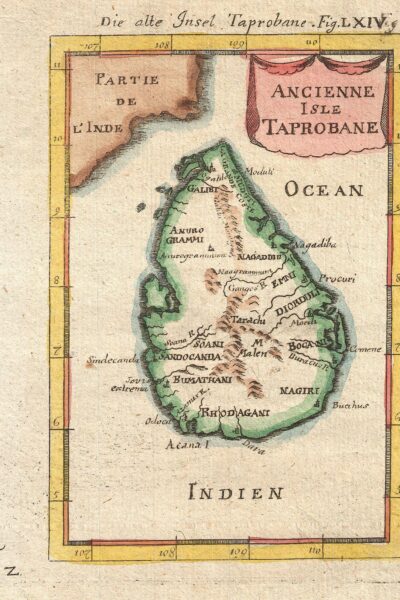
Key Periods in Sri Lanka
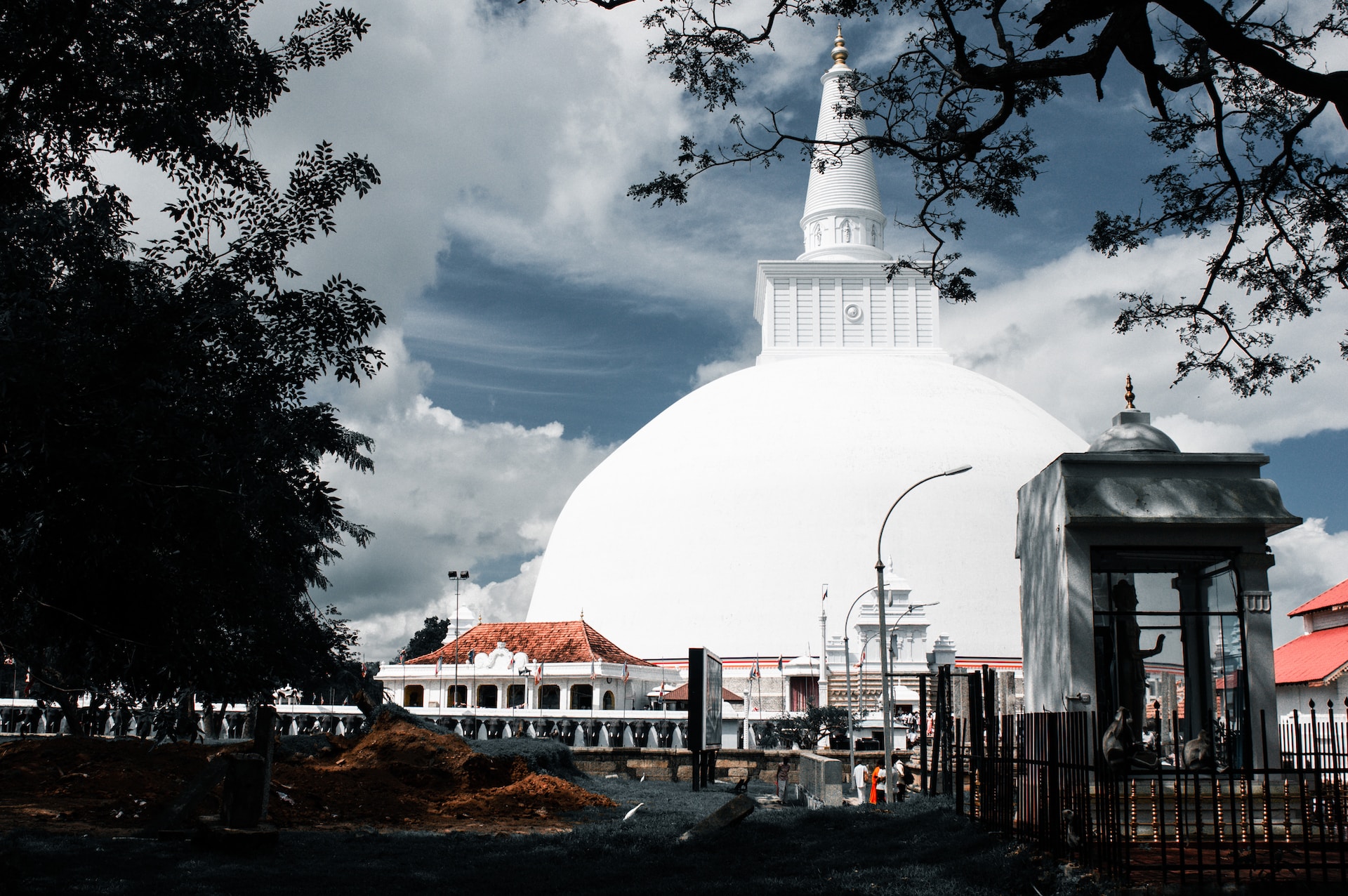
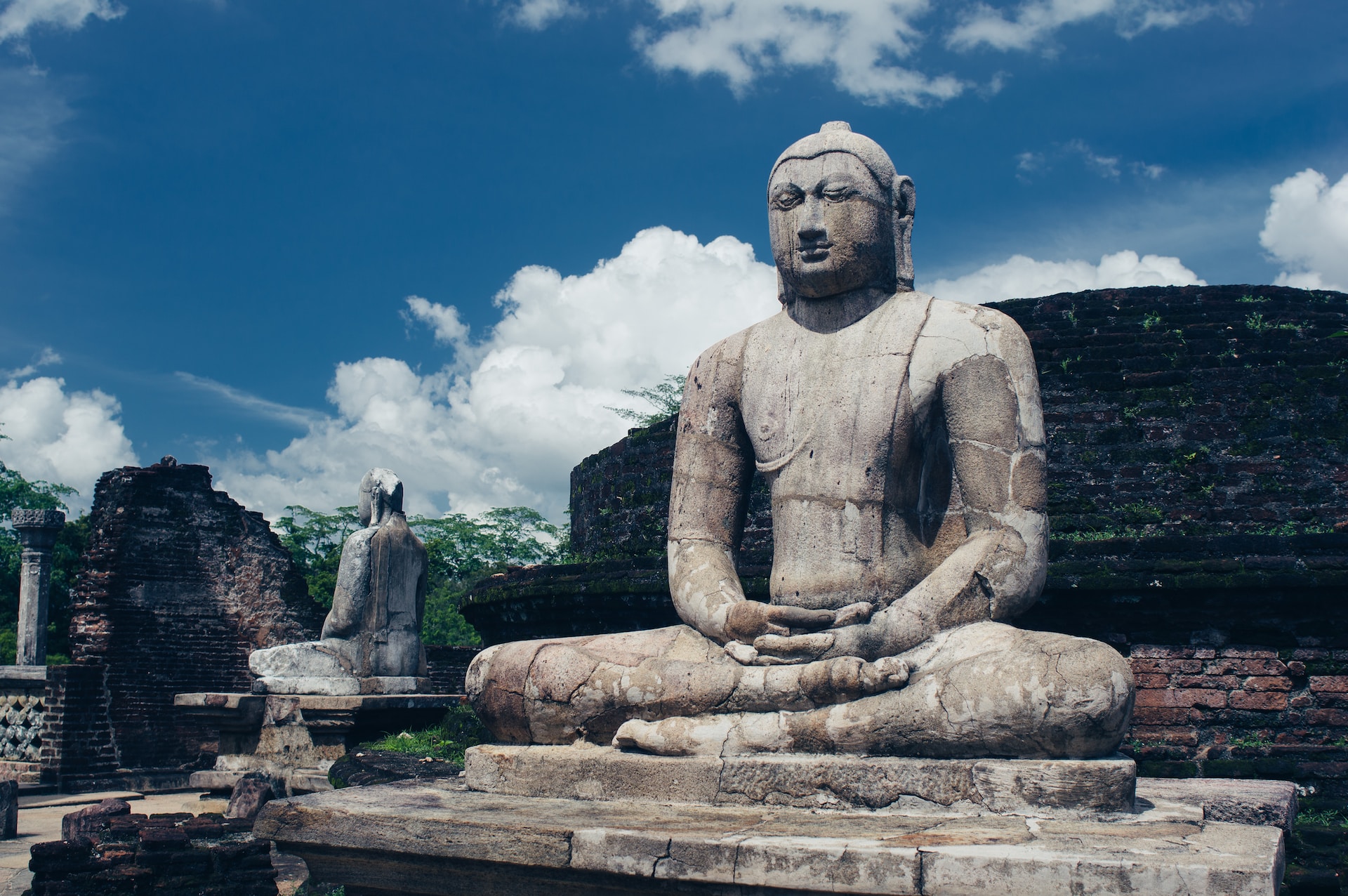
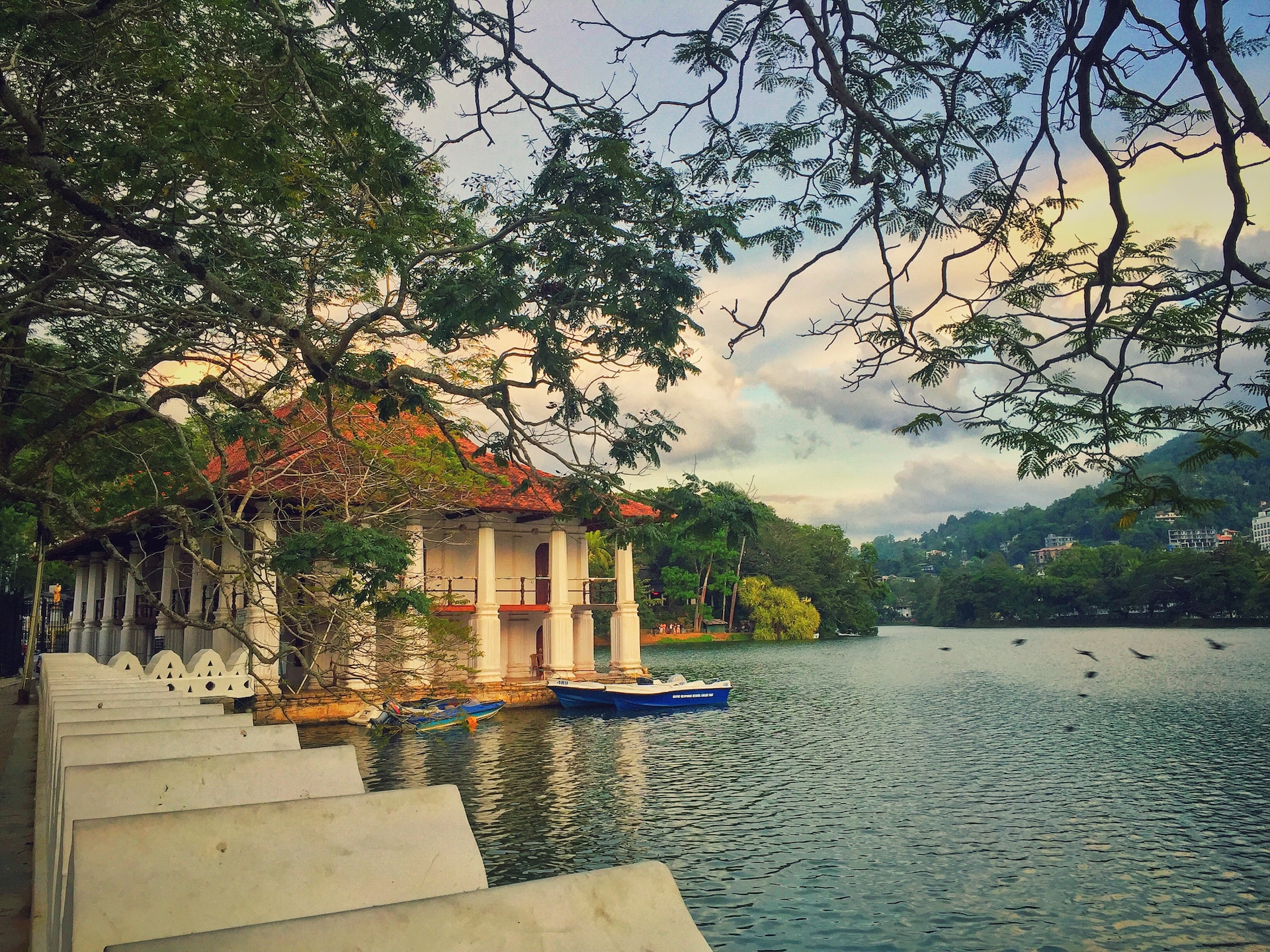
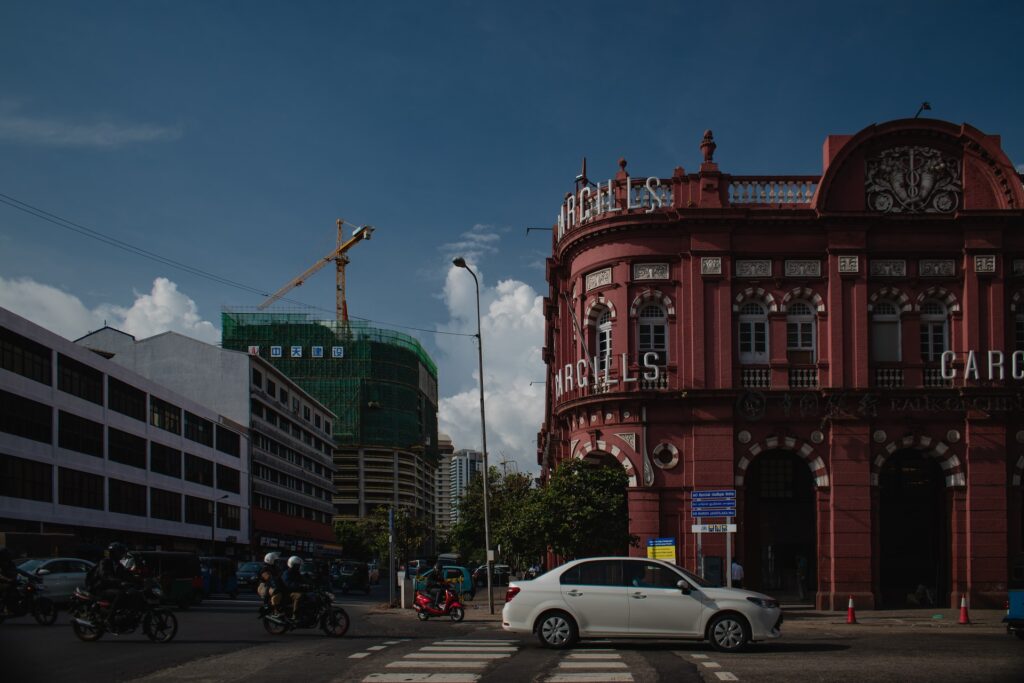
Anuradhapura Kingdom (circa 377 BC – 1017 AD)
- In 377 BC, King Pandukabhaya established the Anuradhapura Kingdom, which became the first major historical kingdom in Sri Lanka.
- Buddhism was introduced to the island during this time by Mahinda, the son of the Indian Emperor Ashoka.
- Anuradhapura became a center of Buddhism and a powerful regional kingdom with significant cultural and architectural achievements.
Polonnaruwa Kingdom (1017 AD – 1236 AD)
- After the decline of Anuradhapura, the capital shifted to Polonnaruwa.
- During this period, Sri Lanka witnessed significant advancements in agriculture, irrigation systems, and art.
Transitional Period (1236 AD – 1505 AD)
- The island faced invasions from South India and political instability, leading to a period of divided rule among regional kingdoms.
Kandyan Kingdom (1597 AD – 1815 AD)
- The Kandyan Kingdom emerged in the central hills of Sri Lanka.
- The Portuguese, Dutch, and British made attempts to control the island during this time, leading to several colonial wars.
Colonial Period (1505 AD – 1948 AD)
- The Portuguese arrived in the early 16th century, followed by the Dutch in the 17th century and the British in the 18th century.
- The British gained control over the entire island in 1815 after defeating the Kandyan Kingdom.
- The island was known as Ceylon during British colonial rule.
Independence and Modern Sri Lanka (1948 AD – Present)
-
- Sri Lanka gained independence from British colonial rule on February 4, 1948.
- It became a dominion within the British Commonwealth and later declared itself a republic in 1972, changing its name to Sri Lanka.
- Sri Lanka has faced challenges, including ethnic tensions between the Sinhalese majority and Tamil minority communities, leading to a civil war that lasted from 1983 to 2009.
- In 2009, the civil war came to an end, and the country has since been working towards reconciliation and national development.
history of srilanka
Climate
Sri Lanka has a tropical climate with distinct wet and dry seasons influenced by monsoons. The southwest monsoon brings rain from May to September, while the northeast monsoon affects October to January. Coastal areas have temperatures of 26°C to 32°C, while the central highlands are cooler at 15°C to 20°C.
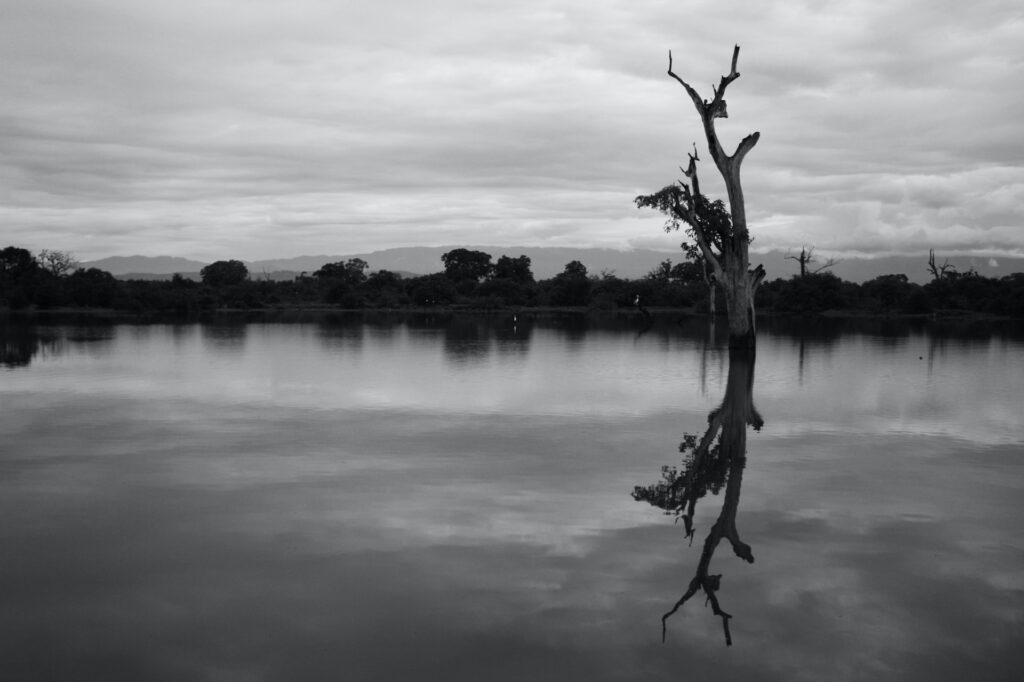
Colonialists Arrived
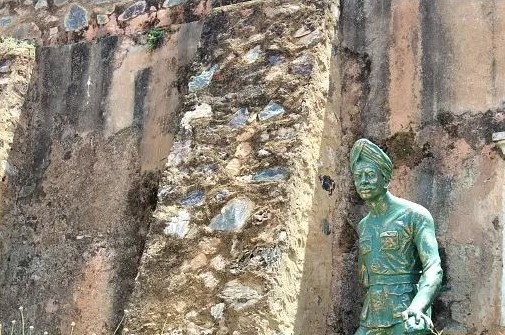
The first colonialists to arrive in Sri Lanka were the Portuguese in 1505, seeking to control the spice trade. They were followed by the Dutch in the 17th century, who competed for control of the island. The British eventually gained dominance, ruling Sri Lanka as a colony from 1815 until the country gained independence in 1948, ending the era of colonial rule.
Languages
Sri Lanka has two official languages: Sinhala, spoken by the Sinhalese majority, and Tamil, spoken by the Tamil minority. English is also used for administrative and educational purposes. Other languages include Malay, Burgher, and indigenous languages spoken by smaller ethnic groups.
history of srilanka
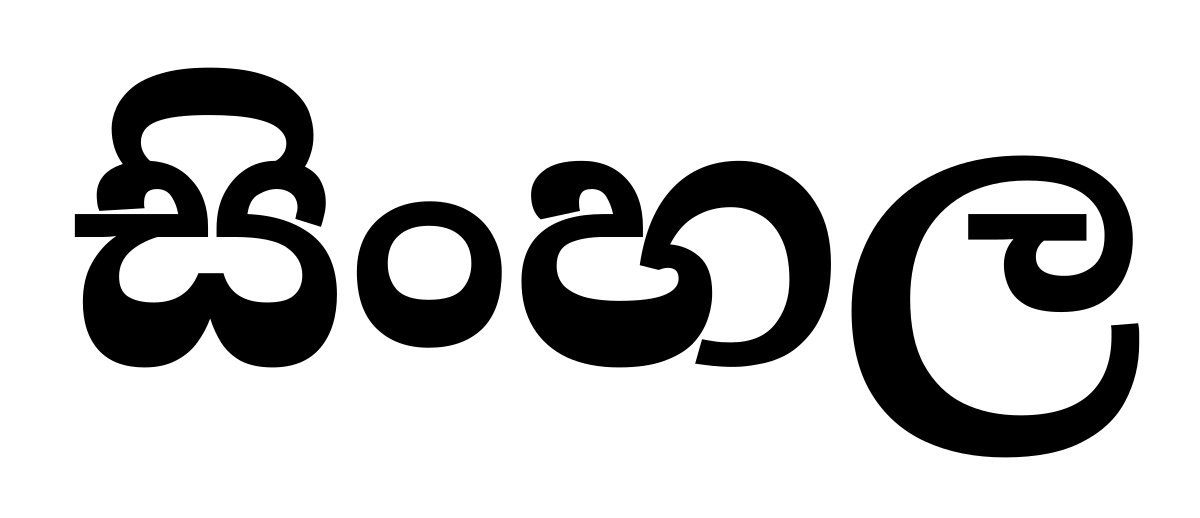
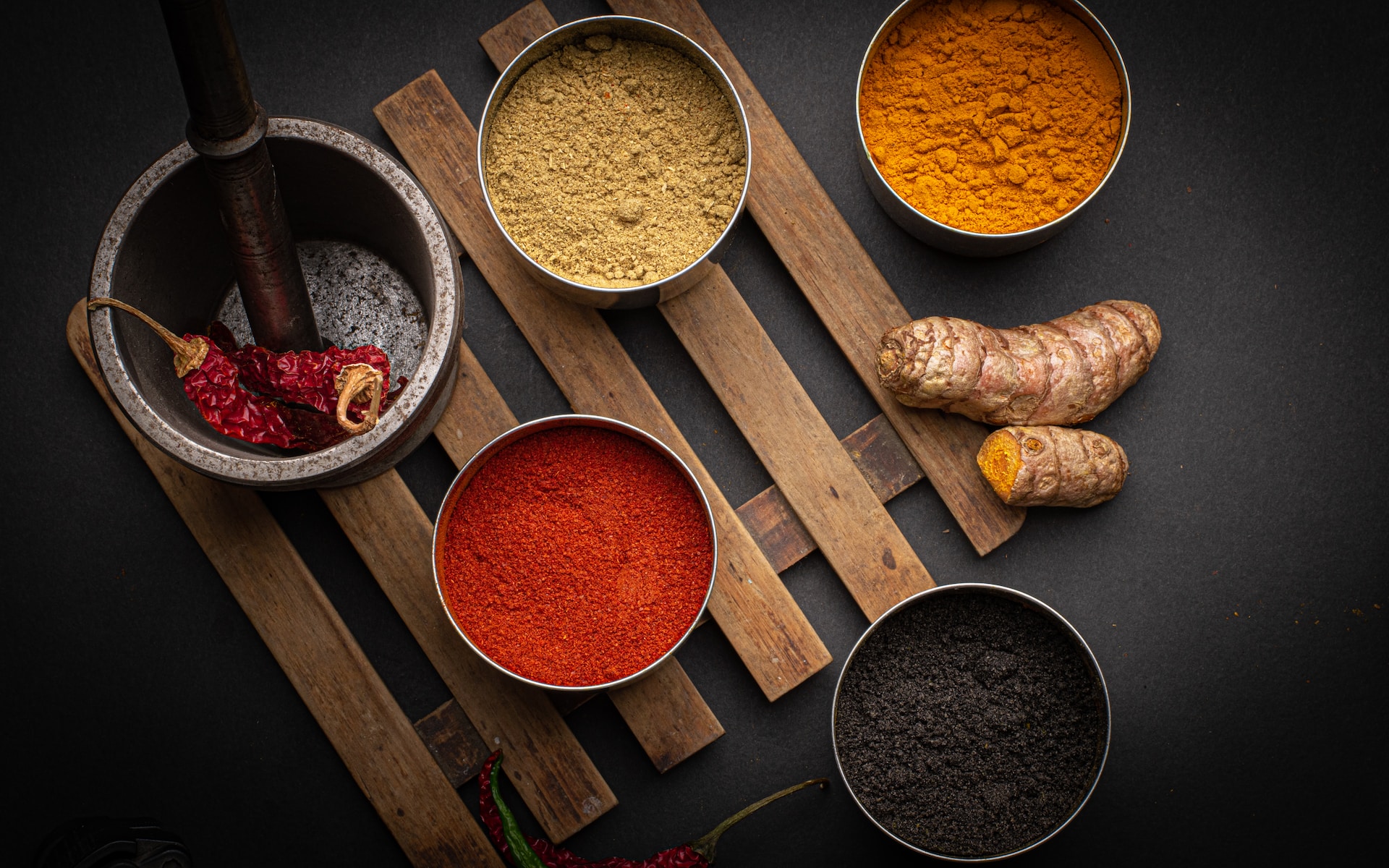
Government and Economy
Sri Lanka is a democratic republic with a presidential system of government. The President is both the head of state and government. The country’s economy is diverse, with agriculture, manufacturing, services, and tourism playing significant roles. Exports include textiles, tea, garments, spices, and tourism contributes to foreign exchange earnings.
Today, Sri Lanka is a democratic republic with a diverse cultural heritage and a mix of modern and traditional influences. It remains a popular tourist destination known for its beautiful landscapes, ancient ruins, and rich cultural heritage.
